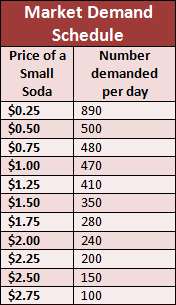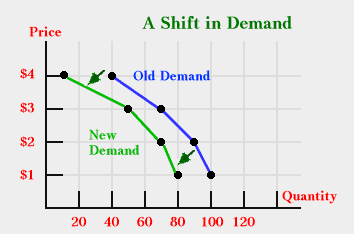Not that that is a bad thing, Weserville is awesome. It will still cause problems though.
We all know that many things washed away during the flood.... and since the road is broken.... how will the Walmart be built :)

We're still here- Always watching
Everybody waiting for the water to go down (except Koleman who bought a kayak). Most of the people are in their houses safe. Nobody has been reported killed, injured, or missing so everyone should be fine. There was a hedgehog hurt in a non-flood related incident (yeah I mean you Colin). Even after the flood recedes we will all have trouble getting around because of the debris left over from things being swept away in the water. Refrigerators are reported to be everywhere especially. Somehow more fridges that there are houses in Weserville though....
Everyone be safe, don't drown, and stay tuned to the Weserville news in case something else happens!



